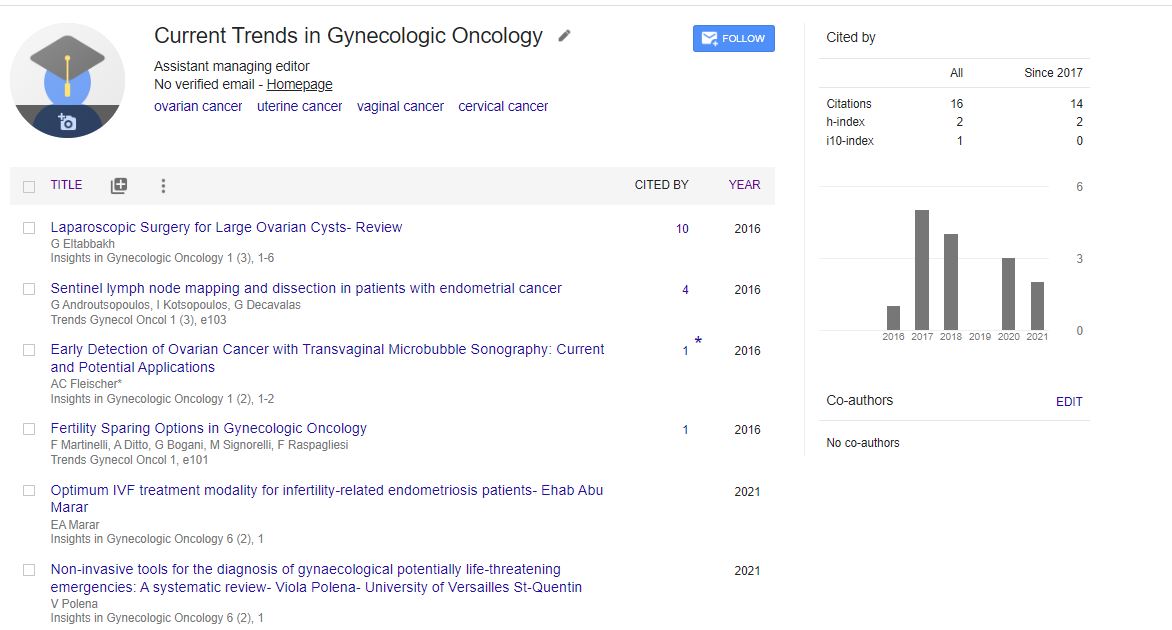Effect of Kegel's exercises on first degree pelvic organ prolapse among women
*Corresponding Author:
Copyright: © 2020 . This is an open-access article distributed under the terms of the Creative Commons Attribution License, which permits unrestricted use, distribution, and reproduction in any medium, provided the original author and source are credited.
Abstract
Background: Kegel's exercises are recommended to increase the strength and elasticity of the pelvic floor muscles and decrease the incidence of prolapse and stress urinary incontince.
Aim: Was to assess the effect of kegel's exercises on first degree pelvic organ prolapse among women.
Design: Quasi-experimental, non equivalent pre-post test research design was adopted. Setting: this research was carried out at gynecological clinic at El Galaa Obstetrics and Gynecology Teaching Hospital. Sample: Convenience sample, of 110 women were recruited for this study as one group to be measured before and after according to certain criteria. Tools: three tools were used for data collection: structured interview tool; assessment & follow up tool for clinical picture of prolapse and Perinometry to measure the strength of pelvic floor muscles.
Result: Revealed that, a statistically significantly differences were founded between before and after following of kegel's exercises in relation to sexual clinical picture P value was ≥ 0.05, urinary clinical picture was (χ2 = 145.4 and p value ≤ 0.001 and types of urinary problems. χ2 = 167.4 and p value≤ 0.001 ) . And bowel clinical picture was (χ2 =128.8 & P.value ≤ 0.001). Regarding to perinometry reading, the results revealed that, highly statistically significant differences was found between the three reading of prinometry (F=68.047, p≤0.001).
Conclusion: Practicing kegel's exercises lead to decrease in the clinical picture of prolapse and improve strength of pelvic floor muscles.
Recommendation: Based on the study findings, its recommended kegel's exercises should be followed during each development phases of women's life span, so it should form an essential part of sex education and the nurse should work as educator and counselor to teach women benefits and technique of kegel's exercises.

 Spanish
Spanish  Chinese
Chinese  Russian
Russian  German
German  French
French  Japanese
Japanese  Portuguese
Portuguese  Hindi
Hindi 